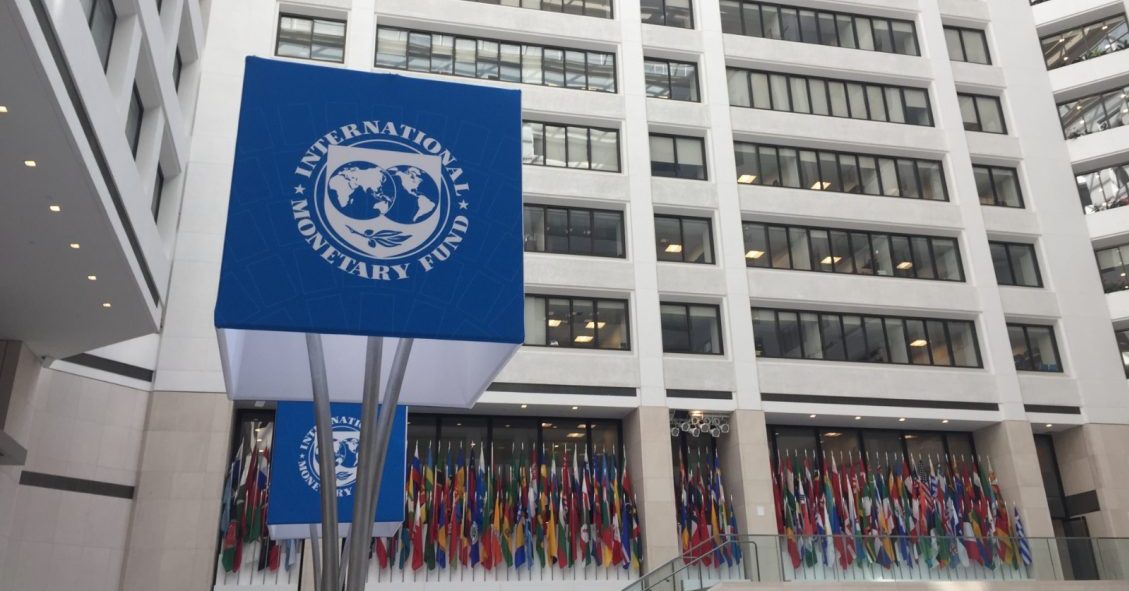Egypt’s USD 8 billion (EGP 392.48 billion) loan agreement with the International Monetary Fund (IMF) remains at the center of the country’s efforts to steady its economy and secure foreign funding. With only USD 3.5 billion (EGP 171.71 billion) disbursed so far, Cairo now faces pressure to deliver on long-promised reforms by the fall to secure the remaining balance.
The IMF, in its most recent review, approved a USD 1.2 billion (EGP 58.87 billion) disbursement in March 2025 to help buttress foreign reserves and support economic reforms after completing its fourth review of the Extended Fund Facility (EFF), originally inked in December 2022. The program, first designed as a USD 3 billion (EGP 147.18 billion) facility, was expanded to USD 8 billion (EGP 392.48 billion) in March 2024 to stabilize Egypt’s economy, which had been battered by soaring inflation, currency devaluation, and external shocks from the war in Gaza and a decrease in Suez Canal’s revenue.
While the IMF praised Cairo’s macroeconomic stabilization efforts, including an easing inflation rate and a rebuilding of foreign reserves, it issued a stern warning in its July 2025 staff report, stating that structural reforms remain “mixed.” The dominance of state-owned and military-affiliated enterprises, sluggish privatization, and a lack of transparency have hampered progress, delaying the fifth review and the associated funding.
To buy time for these reforms, the IMF decided to merge the fifth and sixth reviews, stating that “more time is needed” for the country to reduce the state’s role in the economy and move forward with other key reforms.
“Both sides are working on the expectation that this should be happening in September, October,” Finance Minister Ahmed Kouchouk said during a recent visit to London on 20 July, emphasizing that the IMF is focused on Egypt meeting specific reform targets, which he called the main priority. He further confirmed that if successful, it could unlock USD 2.5 billion (EGP 122.65 billion) in new funding.
Despite the latest influx, the IMF has projected that Egypt faces a substantial USD 8.2 billion (EGP 402.29 billion) external financing gap in the 2025/2026 fiscal year, up from prior estimates, with total external financing needs soaring to USD 30.4 billion (EGP 1.491 trillion). This sharp rise is attributed to global shocks such as war-triggered Suez Canal revenue shortfalls and growing debt service payments. For comparison, Egypt’s financing gap in 2024/2025 was USD 11.4 billion (EGP 559.28 billion), underscoring the scale of the current challenge.
As Egypt’s overall public debt remains a major concern, with the IMF projecting that external debt will rise from USD 162.7 billion (EGP 7.9 trillion) in fiscal year 2024/25 to USD 202 billion (EGP 9.9 trillion) by 2029/30, the Fund warned that this trajectory “poses a high risk of sovereign stress.” It called on the government to take urgent steps, including broadening the tax base, phasing out blanket subsidies, and improving fiscal reporting from key entities such as the Egyptian General Petroleum Corporation and the New Urban Communities Authority.
However, Egypt’s ability to meet these conditions is far from assured. The IMF has called for an aggressive acceleration of privatization efforts, including the sale of three to four state or military-owned enterprises through the country’s sovereign wealth fund. Despite pledges, the privatization campaign has stumbled, and large sectors of the economy remain heavily influenced by public institutions.
Meanwhile, investor sentiment has remained relatively optimistic, at least in the short term. Egypt’s stock market hit record highs in July, buoyed by confidence that the IMF program would stay on track and further privatizations would materialize. The oversubscription of the Egyptian real estate investment company, Bonyan for Real Estate Development, listing by 6.88 times, and ongoing preparations for a potential USD 4 billion (EGP 196.24 billion) bond issue have bolstered this outlook.
Egypt is expected to divest from at least 11 state-owned companies in 2025, including banks and military-owned enterprises. However, lagging divestment efforts led to only USD 600 million (EGP 29.44 billion) in proceeds in 2024/25, down from a projected USD 3 billion (EGP 147.18 billion), prompting the IMF to grant waivers and push for a revised, more aggressive sell-off timetable.
The IMF demands stricter fiscal discipline, higher revenue collection, phasing out untargeted subsidies, and a shift toward a more flexible exchange rate regime. To offset social protection reform pain, there is an emphasis on expanding social safety nets like the Takaful and Karama programs, aiming to shield the most vulnerable from inflation.
The IMF’s most recent reports credit Egyptian authorities for macroeconomic stabilization, citing rebounding GDP growth and falling inflation since February 2025 – a sign that reforms are having an impact.
Nevertheless, continued loan disbursements hinge on Cairo meeting divestment and fiscal targets. The next combined review is due later in 2025, with the risk of further funding delays if commitments are not fulfilled.






Comments (0)